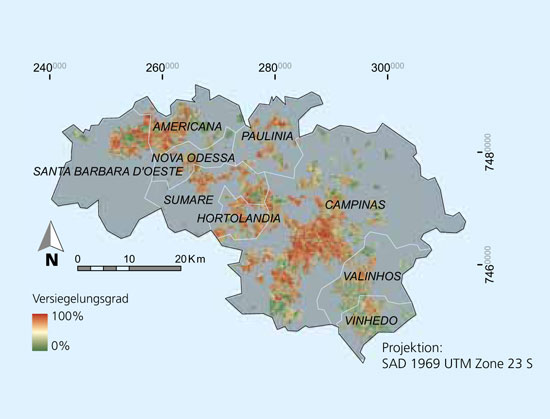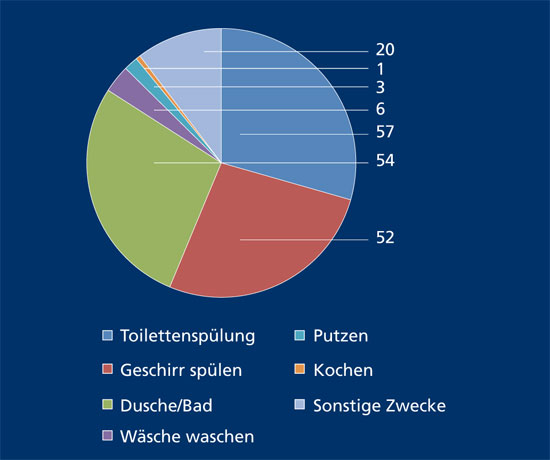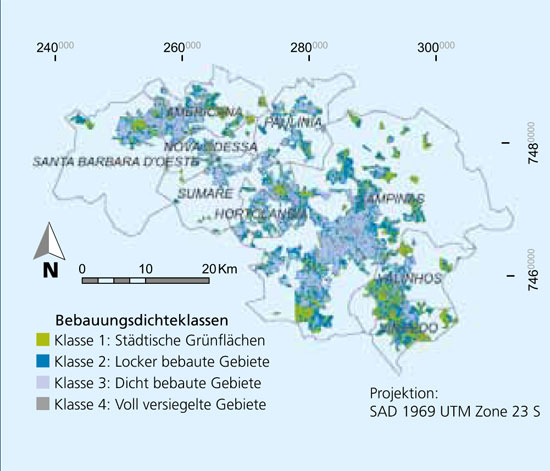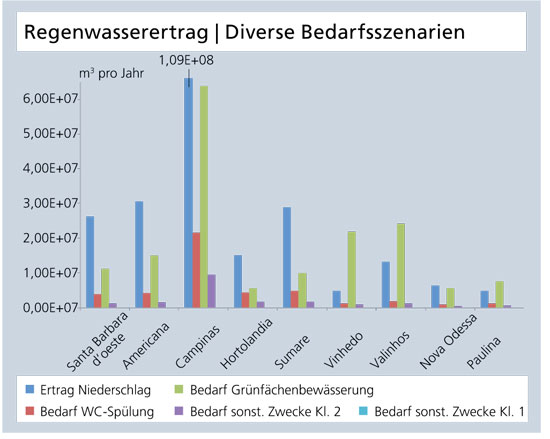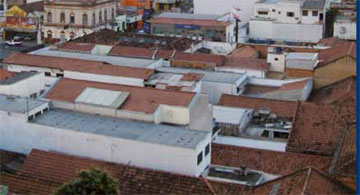
The south-east of Brazil, particularly São Paulo and its surrounding area, is marked by strong industrial and demographic growth. Therefore, environmental problems such as water pollution and scarcity of resources are increasing. For almost ten years scientists of the Fraunhofer IGB have been maintaining project partnerships with academic institutions and the relevant authorities of the Campinas region in the State of São Paulo to jointly develop innovative and sustainable water management solutions. Here, a special mention should be given to the Methodist University Piracicaba (UNIMEP). The exploitation of rainwater offers great potential. On the one hand, the precipitation intensity and the large areas of sealed soil within the cities often cause localized flooding. On the other hand, the demand for drinking water has strongly increased over the past years, resulting in temporary supply bottlenecks. A helpful alternative to current municipal water management could be provided by means of customized storage, processing and utilization of the harvested rainwater. To assess the potential rainwater yield and demand at regional level the Fraunhofer IGB in co-operation with the IGVT of the University of Stuttgart are utilizing and progressing spatial planning methods which build on geographical information systems (GIS). Their German partner is the Institute of Geography of Tübingen University which is providing planning details for the conceptual water and wastewater management.
 Fraunhofer Institute for Interfacial Engineering and Biotechnology IGB
Fraunhofer Institute for Interfacial Engineering and Biotechnology IGB